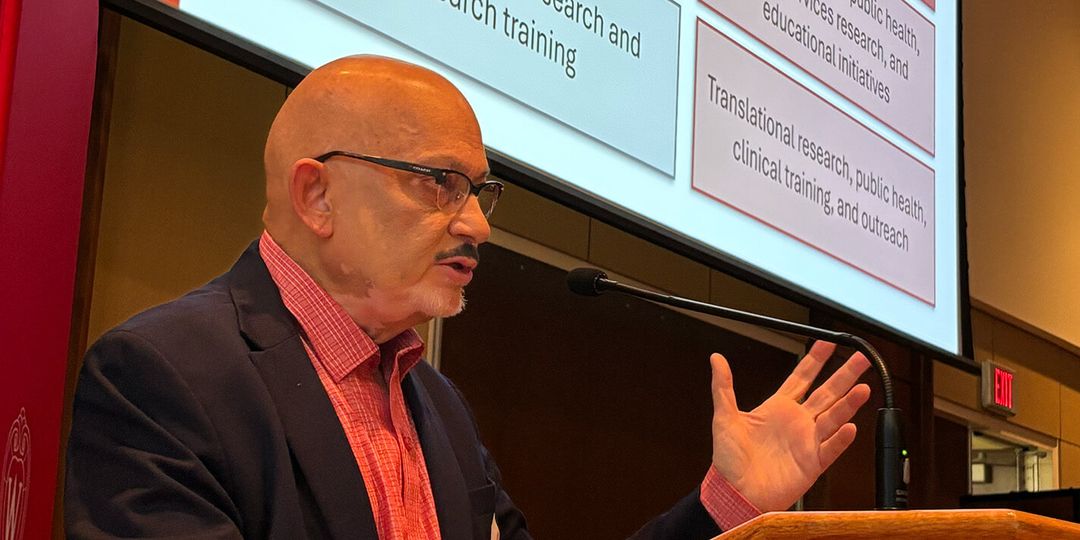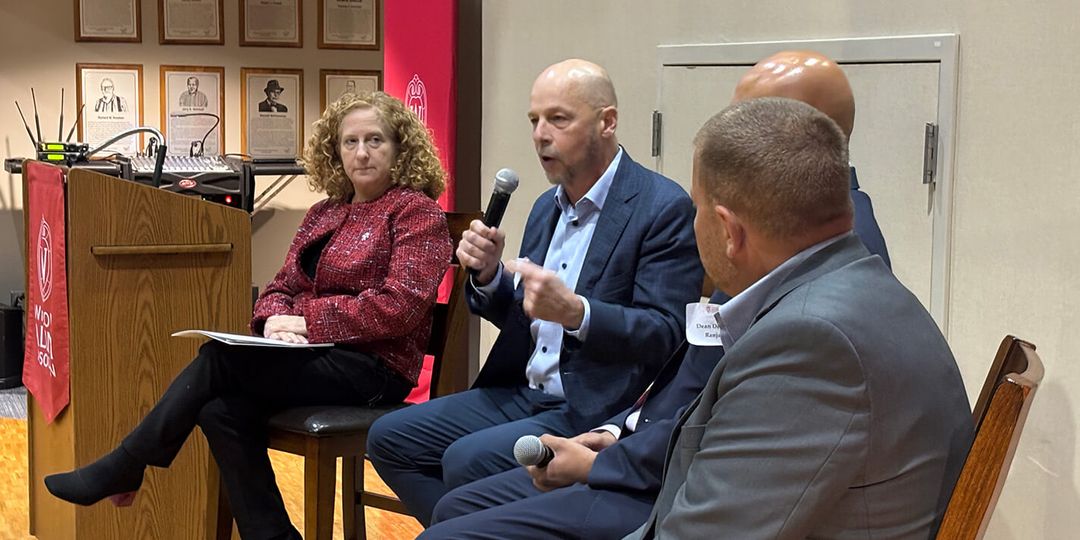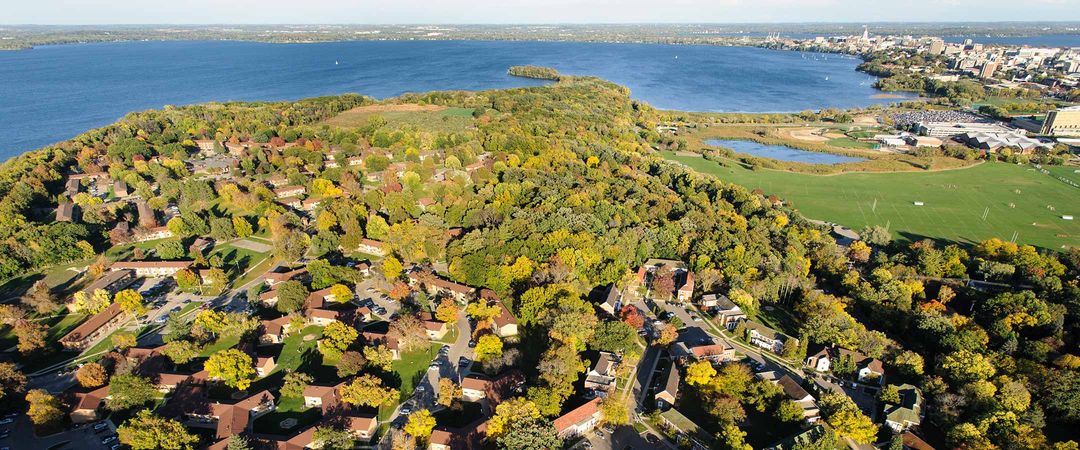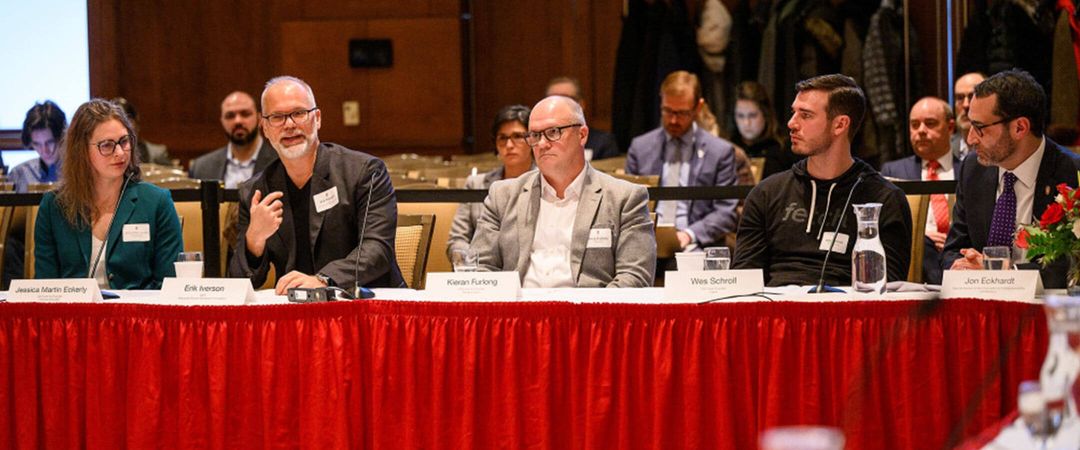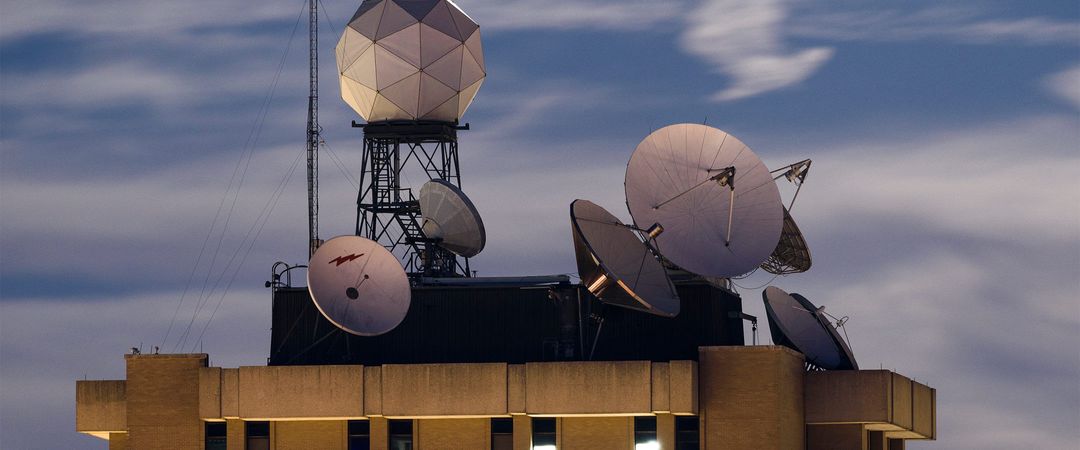For decades, UW–Madison and other Universities of Wisconsin campuses were forced to give up millions in tuition revenue under the long-standing Minnesota-Wisconsin Tuition Reciprocity Agreement. Established in 1965, the agreement allowed Minnesota students to pay a lower tuition rate than other out-of-state students at Universities of Wisconsin campuses. However, the tuition difference, the amount Minnesota students pay above Wisconsin resident rates, was split between Minnesota and the Wisconsin state general fund, rather than remaining with the campuses where those students were enrolled.
That changed in March 2024, when, after extensive advocacy efforts from Wisconsin alumni, Governor Tony Evers ’73, MS’76, PhD’86 signed a bill revising the reciprocity agreement and allowing Wisconsin campuses to retain the full amount of tuition paid by Minnesota students. For example, in the 2025–26 academic year, Minnesota students will pay approximately $5,400 more in tuition than Wisconsin residents at UW–Madison. Under the new policy, those additional funds will stay with the university.
The change comes at a time where the Universities of Wisconsin face a projected $60 million budget deficit. The additional revenue is expected to provide much-needed relief across the state.
At UW–River Falls, where 43 percent of students are from Minnesota, the impact could be especially significant. Under the previous agreement, the school lost an estimated $4.3 million per year in revenue — funds university officials say were desperately needed to support academic programs, student services, and operational stability.
UW–Madison is also poised to benefit. In the 2023–24 school year, 3,251 Minnesota students — about 9 percent of the undergraduate population — paid tuition under the reciprocity agreement. If enrollment holds steady, the change could result in an estimated $17.5 million annually staying on campus.
While disbursement figures are not yet available, the policy marks a crucial step toward stabilizing budgets and improving student experiences across the Universities of Wisconsin during a challenging time for higher education funding.
Photo by Althea Dotzour, University of Wisconsin–Madison.


